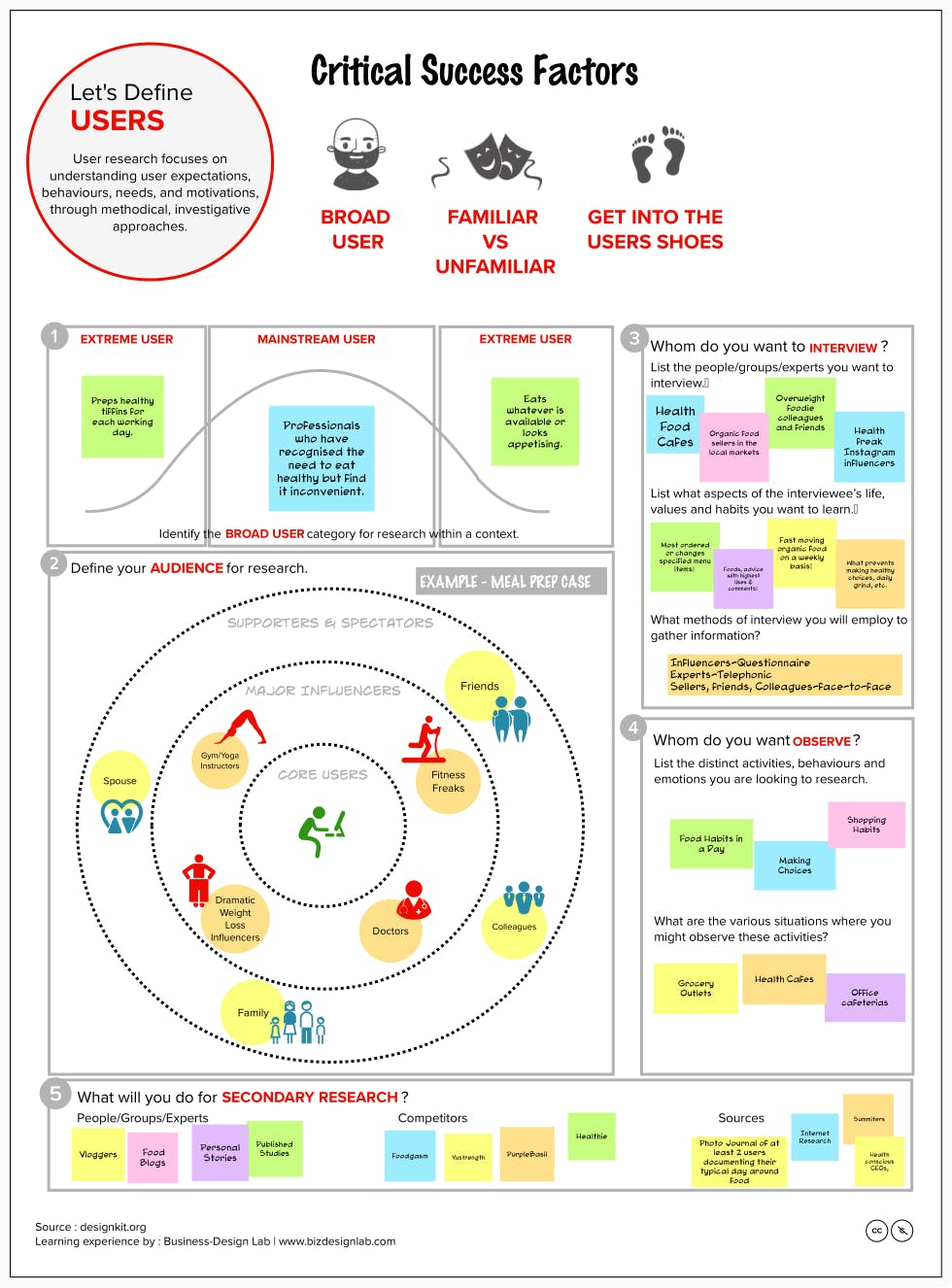Share
Explore
DISCOVER PHASE
 DEFINE USER RESEARCH PLAN
DEFINE USER RESEARCH PLAN
🗝️ STEPS
💯 TIPS
📖 HEALTHPLATES CASE

Want to print your doc?
This is not the way.
This is not the way.

Try clicking the ⋯ next to your doc name or using a keyboard shortcut (
CtrlP
) instead.